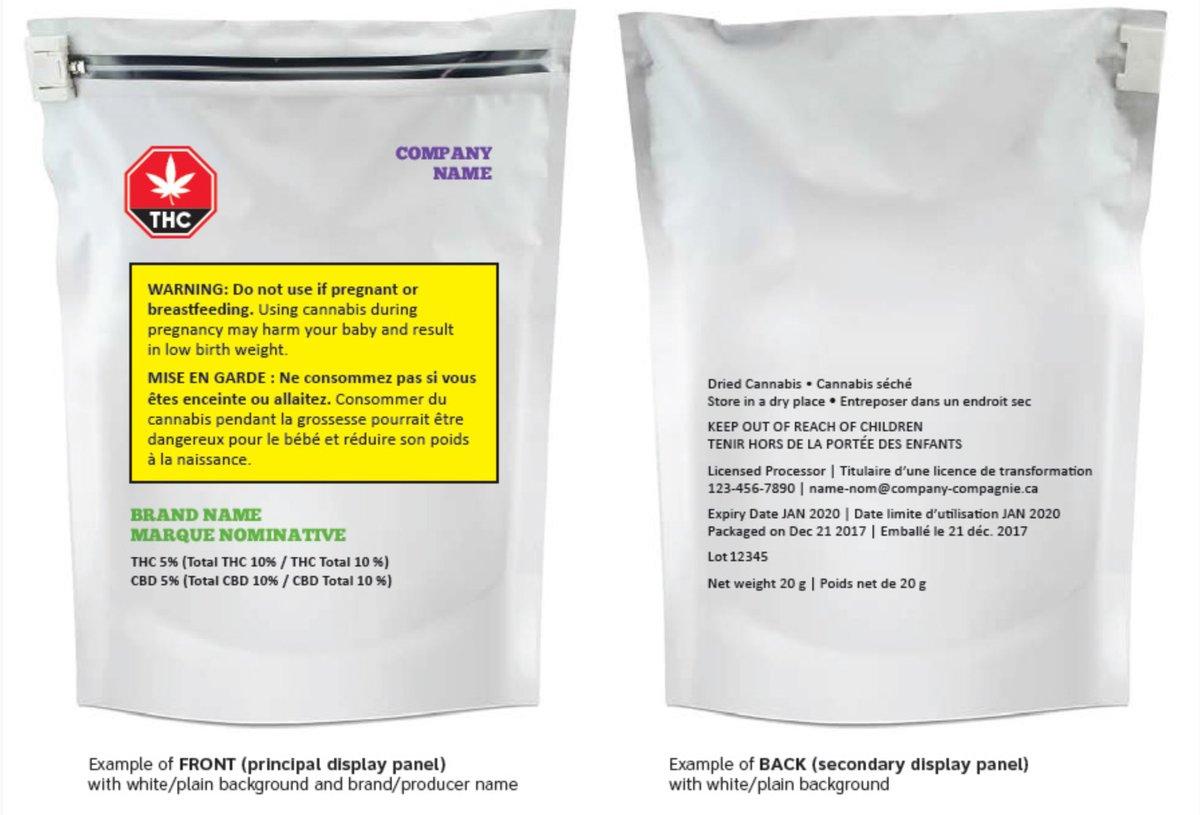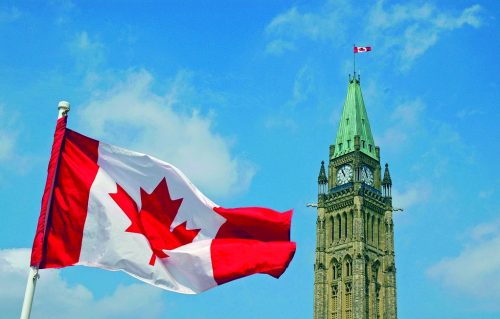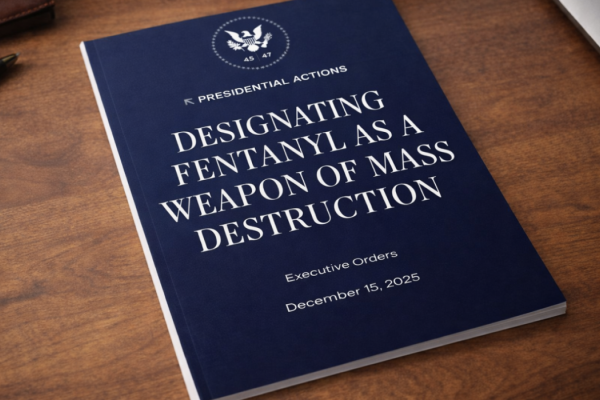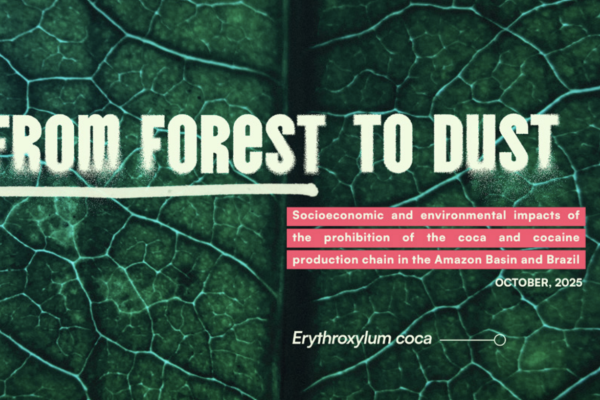20th November 2018
As of Wednesday 17th October 2018, Canadians can legally purchase cannabis for recreational use from licensed shops supplied by government regulated companies. Transform Drug Policy Foundation, advised the cannabis task force, both Houses of the Canadian Parliament and a number of Provinces to help them develop the regulations, based on our book ‘How to Regulate Cannabis: A Practical Guide’.

Key elements of the new regulations include:
- Adults over 18 will be allowed to possess (and share with other adults) up to 30g of cannabis in public. This includes non-Canadians
- Herbal cannabis will be available from provincially regulated retail outlets and online sales (edibles and concentrates will be considered in subsequent legislation)
- Adults will also be able to cultivate up to 4 cannabis plants for personal use (per household)
- Cannabis will be sold in plain packaging with clear health warnings and content information - minimal brand logo and information is allowed
- Strict controls on advertising and promotions - including bans on sponsorship, celebrity endorsements, and any information that is seen by or targets youth.
- Access to cannabis for medical purposes is regulated under separate legislation/regulations.
How Canada legalised cannabis.
Canada is making a series groundbreaking public health led drug policy reforms, including the opening of a legally regulated recreational cannabis market for adults.

The opening of Canada’s regulated recreational (ie non-medical) cannabis market for adults follows nearly four years after Trudeau’s Liberal Government was elected with the legalisation and regulation of cannabis as part of their platform. The political narrative in support of this platform emphasised three key elements: the protection of public health; the protection of young people; and the reduction in criminality associated with the illegal market.
Following the election, the new Federal Government established a Task Force of experts from a range of disciplines to consider the options, engage with a broad range of stakeholders, and make recommendations. These recommendations were then developed by lawmakers (led by the Cannabis Legalization and Regulation Secretariat based in Health Canada) into a draft Bill. This Bill proceeded through Parliamentary scrutiny in both Canadian Congress and Senate, as well as various parliamentary committees, before being passed by votes in both houses and becoming the Cannabis Act, granted Royal Assent on 26th June 2018, with the legal market commencing operation on October 17th 2018.
Provincial Variations
At the same time as the Federal Cannabis regulation Bill was being finalised, the Canadian provinces, that maintain significant political autonomy, were tasked with developing their more local provincial retail, access and local taxation policy models, within the boundaries established by the Federal law. There is no requirement for homogeneity between the provinces, and what has emerged is a patchwork of models - some more developed than others, and with some notable differences (the Canadian Center on Substance Use and Addiction provides this useful regularly updated summary). For example, most (but not all) have opted for a state monopoly on cannabis retailing, similar to existing alcohol retailing models. The Cannabis Act sets a lower limit of 18 for age access, but most provinces have opted for 19, (with the exception of Quebec and Alberta), again aligning with existing provincial alcohol laws. Home cultivation of up to four mature plants is allowed in most states but prohibited in Quebec, Manitoba and Nunavut. A federally controlled online mail-delivery market will act as a supply backstop for provinces that are unprepared from the October 17th launch date.
Discussion
The model adopted by Canada will doubtless face some teething problems and will need to evolve as evidence of what works emerges (a rigorous monitoring and evaluation framework has been mandated). The model adopted had to balance conflicting interests from different stakeholders and inevitably will not please everyone. Many industry and activists feel it is too restrictive, whilst many public health voices fear it is not restrictive enough, and worry about creeping commercialisation.
Many of these criticisms, from different quarters may prove to be correct and lead to change as time goes by. It is certainly the case that drug war politics intruded into some of the decisions on sentencing - with, for example, a 14-year maximum sentence for supply to minors being grossly disproportionate relative to equivalent penalties for alcohol and tobacco. There is also likely to be space for relaxing some of the restrictions on product diversity, branding and availability once the new system is bedded in, shown to be operating responsibly, and new social norms within the market have been established.
Conversely, there are also concerns that the rapid emergence of billion-dollar corporate cannabis companies could distort the policy-making process - as has happened in the past with overcommericalisation and corporate capture of alcohol and tobacco policy. If the industry sector, or even some elements of it, does not behave responsibly they could be subject to a legislative backlash - with stricter market controls imposed via, for example, monopolies legislation, increased corporate taxes, or limits on vertical integration of the market or the scale of individual market actors.
In some respects the Canadian model provides an interesting halfway house between the more restrictive model adopted in Uruguay, (effectively a state monopoly - although home cultivation, and cannabis social clubs are also allowed) and the more commercially oriented models adopted in most US legalisation states. The greater public health focus of the Canadian and Uruguayan models reflects not just the differences in political culture with the US, but also the fact that their processes were legislatively led, rather than initially driven by activist/industry ballot initiatives. This highlights how important the process of policy change is in defining the ultimate outcome - and here the Canadian Federal Task-force led model provides an instructive example for countries that follow.
Internationally the Canadian cannabis reforms are hugely significant. Not wanting to downplay the significance of Uruguay’s reforms, but Canada is 10 times the size, and a G7 and Commonwealth country that enjoys enormous prestige and influence on the international stage. Canada’s reforms create significant political space for other countries to explore similar reforms. Canada has also been much more forthcoming regarding the implications of its reforms for the three UN drug treaties it is a signatory to. Canada has acknowledged that the reforms place it in at least temporary technical non-compliance with its treaty obligations - and has engaged in the first meaningful high-level dialogues on how such tensions can be resolved, further paving the way for more and more member states following suit.
Finally, it is worth noting that the huge advances in cannabis regulation made in Canada also provide a backdrop for progress on the wider regulation debate regarding other drugs now taking place in Canada and around the world. The regulatory logic around health, youth protection and crime reduction so effectively espoused by Trudeau for cannabis, does, of course, apply equally to other drugs. In Canada, this has particular current relevance to the opioid overdose death crisis - which has, for example, seen an 800% rise in deaths in British Columbia in the past 4 years - almost entirely due to the emergence of the potent synthetic opioid fentanyl (and various analogues) in the illegal heroin supply. These are not heroin deaths per se - they are prohibition related poisonings. Whilst the issues may seem a long way from recreational cannabis use, the arguments for pragmatic regulation of drug supply to protect public health is, in fact, exactly the same.




